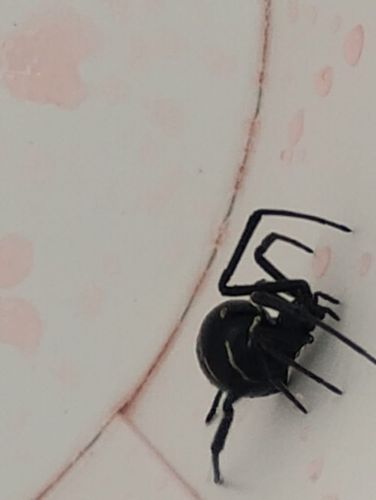Black Widow Spider
Scientific Name: Latrodectus mactans
Order & Family: Araneae, Theridiidae
Size: Female body length: 13-34 mm (including legs), Male body length: 7-10 mm

Natural Habitat
Dark, secluded areas such as woodpiles, under stones, in hollow logs, garages, sheds, and basements. They prefer undisturbed locations.
Diet & Feeding
Insects and other small invertebrates caught in their web. They paralyze prey with venom.
Behavior Patterns
Nocturnal, solitary spiders that build irregular, tangled webs. Females are known for their potent venom and sometimes for consuming the male after mating, though this is not as common in the wild as often thought. They are generally shy and only bite when threatened or disturbed.
Risks & Benefits
Risks: Their venom is a neurotoxin that can cause severe pain, muscle cramps, nausea, and vomiting, especially in vulnerable individuals (children, elderly). Bites are rarely fatal. Benefits: They help control populations of various insect pests.
Identified on: 9/29/2025